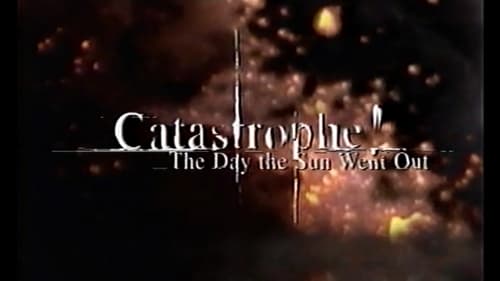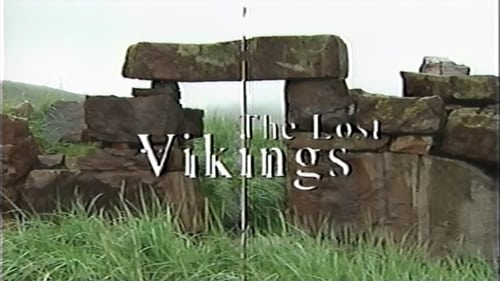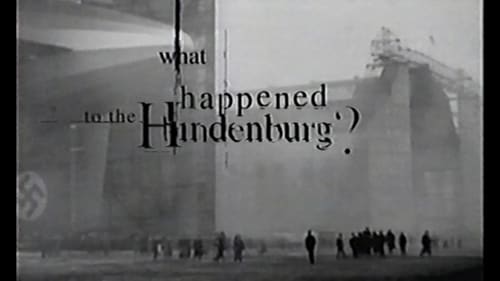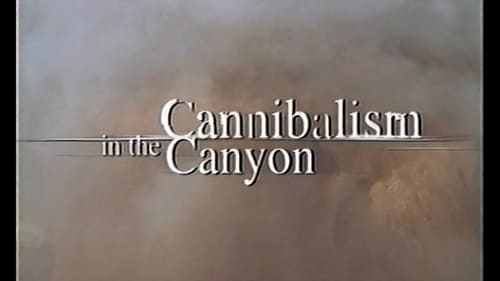
DocumentaryMystery

The Best Episodes of Secrets of the Dead Season 1
Every episode of Secrets of the Dead Season 1 ranked from best to worst. Discover the Best Episodes of Secrets of the Dead Season 1!

The Best Episodes of Secrets of the Dead Season 1
DocumentaryMystery
Every episode of Secrets of the Dead Season 1 ranked from best to worst. Discover the Best Episodes of Secrets of the Dead Season 1!
Part detective story, part true-life drama, long-running series explores some of the most iconic moments in history to debunk myths and shed new light on...
Seasons23
Season 1 Ratings Summary
"Catastrophe (1)" is the best rated episode of "Secrets of the Dead" season 1. It scored 8.4/10 based on 21 votes. Directed by Unknown and written by Unknown, it aired on 5/15/2000. This episode is rated 0.3 points higher than the second-best, "Catastrophe (2)".



